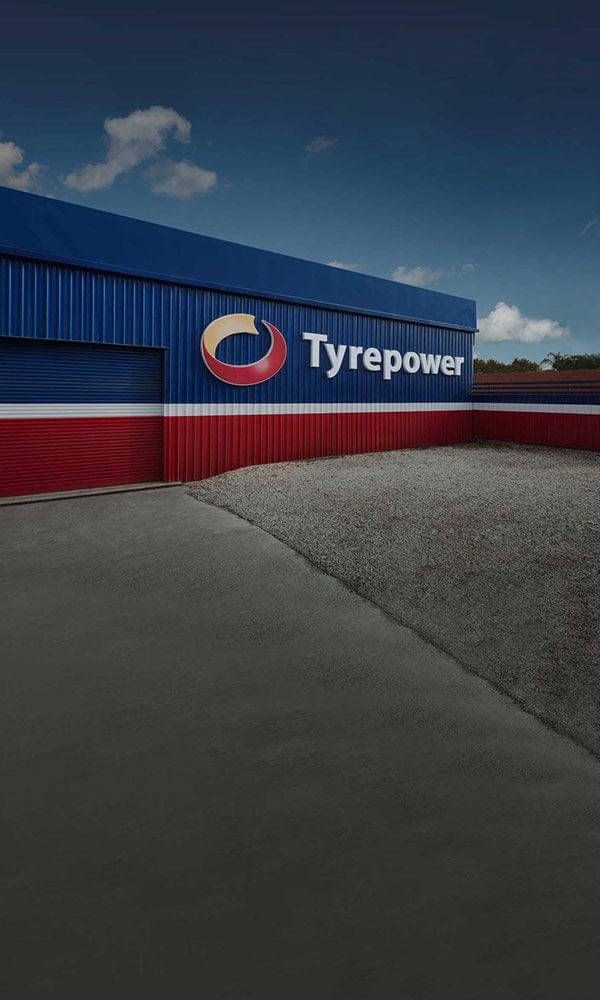How far can I drive on a flat tyre?

When travelling a lot through the Western Australian outback, the chances of getting into tyre trouble are quite high but usually the first question that comes to mind is not how to get it fixed, but “how far can I drive?”
This comes down to the type of tyres on your car and if it's been designed with these factors in mind. Tyres with a reinforced sidewall can withstand lower pressures than that of a 2 ply sidewall.
In the event of a puncture, it’s always important to pull over and assess the damage. The size and position of the puncture will determine whether or not you can carry on to a safe place to have it fixed.
Can you drive with a punctured tyre?
A tyre puncture is very different to a flat tyre. Punctures usually result in a rapid loss of air caused by the tyre's carcass being cut or sliced from a sharp object like a nail. A punctured tyre could be difficult to drive on, so following a few simple steps may get you to the nearest help.
A flat tyre could be a slow leak caused by issues around tyre beads, leaky tube valves, small cuts, old or worn tyres. With a flat or deflated tyre you may not be able to notice it until it is very low. Checking your tyre pressures before a road trip is the best way to avoid being caught out in the outback. However, this does not mean it's safe to continue to drive on and your tyres should be checked out by a professional.
A simple check of your tyres at home before any trip is simple and easy. You can follow the tyre maintenance guide here. Look out for any bulging, uneven wear or damage to the sidewall of the tyre and if you do find something a little suspect, then chat to the professionals at Tyrepower.
So, the big question - How far can you drive on a flat tyre?
Western Australia is vast with large distances between towns and more importantly, help. You may be left with the last resort to carry on and drive with a punctured tyre(s). Trying to minimise the distance it might be best to drive until you have reception, rather than going a further 30km to the nearest town. Further damage can be done to the rim, suspension, steering and brakes which will result in higher repair costs.
There are some tyres on the market that are more durable than others and may be equipped with reinforced sidewalls that give the tyre the ability to go that little bit further in the event of a flat. The distance would be a recommendation by the manufacturer and many variables would come into play as to how far you could go.
How long can you drive on a flat tyre?
How far do you have to go? Driving in a straight line at lower speeds will allow you to get a few extra km out of a puncture. Keeping your vehicle inline and steady will help keep the tyre on the rim which will provide some cushioning, preventing any further damage to the wheel.
What if you have Run Flat Tyres?
Run Flat Tyres are capable of traveling at speeds and distances recommended by the manufacturer. This is usually in the vicinity of 80km at 80kmph and is hopefully enough to get you out of trouble once you have experienced a puncture.
The reason behind a minimum speed is due to the heat caused by friction that the tyre is experiencing during corning and all the other forces put upon it while in motion. Check with the manufacturer's guidelines for more specific details as they do vary.
A Run Flat tyre consists of a reinforced sidewall, allowing the tyre to remain in shape and propped up even in the event of a sudden pressure drop ie. a puncture. Self supporting technology like that in the Pirelli range allows the driver to remain in control of the vehicle after experiencing a blowout or puncture.
Can you continue with a nail in your tyre?
We have all been there, spotting that shiny little nail head flush with your tyre tread.
First of all you must determine whether or not the nail is in fact all the way through to the inside of the tyre. You can spill a little water over the nail head and you should instantly see bubbles forming around the nail head. You may be lucky and the tack or nail is only in the outside rubber tread.
If bubbles are confirmed then the nail is through to the inside of your tyre and should be replaced with the spare immediately and if you don’t have a spare tyre, make your way to your nearest Tyrepower. We have over 40 stores across Western Australia.
For more information on a store near you, check out our locator here.
Or speak to a representative on (08) 9409 7858

